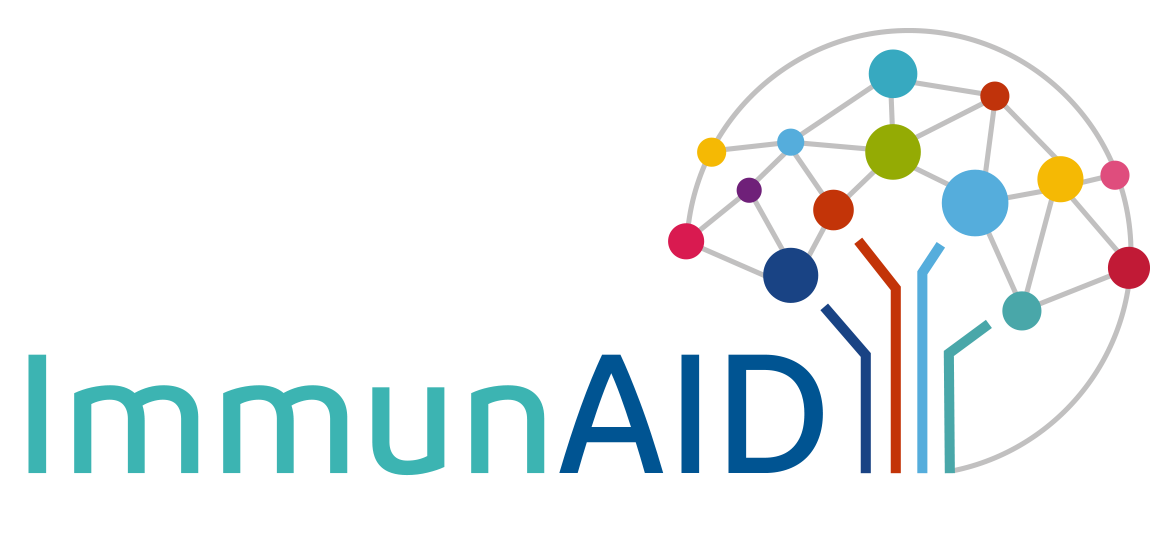The concept of autoinflammatory disorders was introduced by Daniel Kastner in 1999 (Michael McDermott was 1st author). Since then, characterization of these conditions has been continuously refined. After 20 years, McDermott, Caseley and Savic have advocated for a systems-based classification of the systemic autoinflammatory diseases (SAIDs) which defines the complex interplay of molecular mechanisms, and systems, at the heart of many monogenic and polygenic conditions.

Classification of SAIDs is a difficult task. Every attempt at grouping SAIDs according to their genetic causes, clinical features and response to treatment, in addition to other parameters, such as the central cytokine disease mediators (e.g. Interleukin-1 (IL-1) in the case of Cryopyrin-Associated Periodic Fever Syndromes (CAPS), and interferon-α (IFN—α) in Aicardi-Goutières syndrome (AGS)), have all led to incomplete coverage. First considered as a group of monogenic conditions, the inclusion of polygenic diseases with an autoinflammatory basis, in this group of disorders, has shifted the focus to complex multifactorial disorders, and, as a result, the boundaries between autoinflammatory, autoimmune and immunodeficiency diseases are becoming more and more fuzzy.
In a recent article published in Nature Rheumatology Reviews, the team from Leeds explains why the field of autoinflammation is moving from a gene-centric view of innate immune-mediated disease towards a systems-based concept. This perception shift allows for a more comprehensive inclusion of various convergent molecular pathways. The overall course of these conditions can thus be seen as a river, whose course extends from innate immune-mediated disorders, at one end of the immunological disease continuum (IDC), taking a course that implicates various clinical phenotypes (protein misfolding and cellular stress, pyrin activation and actin cytoskeleton, dysregulation of NF-κB activation, type-I IFN-mediated autoinflammation: see the 4 flags in the figure; NB: flagged elements relate to important discoveries since 2016, and, for that reason, some other major system perturbations in autoinflammatory disease, such as inflammasomes and nucleic acid dysregulation, have not been highlighted) to the adaptive immune-mediated disorders at the other end of the spectrum.
The course of the IDC river is shaped by the adjacent landscape, which is inherently dynamic and subject to multiple driving forces, which are represented by its tributaries, such as the microbiome (diet), genetic predisposition, prevailing environment, and stochastic factors, amongst many others.
“Many autoinflammatory disorders arise, either partly or fully, because of ‘collateral damage’ caused by the innate immune system striving to maintain cellular homeostasis, such as in pyrin-linked cytoskeletal imbalance, as found, for example, in pyogenic arthritis, pyoderma gangrenosum and acne syndrome (PAPA), caused by PSTPIP-1 mutations” Michael McDermott said.
The clinical aspects are very relevant to the development of a systems-based classification and, indeed, recognition of the various signaling defects involved may lead to the use of targeted small molecule therapeutics aimed at blocking the various dysregulated signals, that trigger sterile inflammation mediated by innate immune cells. This publication also provides an overview of the overlapping therapeutic options in autoinflammatory disease.
Sinisa Savic is particularly interested in the possible clinical impact: “Appreciation of the complex overlap between the manifold systems, related to autoinflammation, autoimmunity and immunodeficiency can enable the exploration of therapeutic interventions that were not previously considered possible” he says.
As summarized by Vassili Soumelis, co-ordinator of ImmunAID, the paper provides appetizing food for thought for the upcoming work to be carried out by the consortium. "The systems view presented in this article is a significant step forward in our understanding of SAID as a family of diseases, involving complex and intricate biological mechanisms. It should provide a solid conceptual basis for future work within ImmunAID."
We hope that the efforts, made within ImmunAID, which are fully in line with this systemic approach, will make it possible to see things a little more clearly in the years to come.
- Source of illustration
Reprinted by permission from Nature: Nature Reviews Rheumatology Moving towards a systems-based classification of innate immune-mediated diseases,.Savic, S., Caseley, E.A. & McDermott, M.F. 16, 222–237 (2020)



